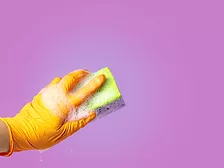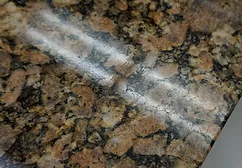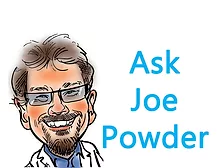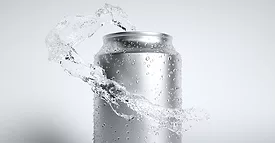Home » Scratch Resistance
Articles Tagged with ''Scratch Resistance''
Importance, Dependence on Raw Materials, Formulations, and Quality Characteristics of Architectural Coatings
Read More
Keep the info flowing with our eNewsletters!
Get the latest industry updates tailored your way.
JOIN TODAY!Copyright ©2025. All Rights Reserved BNP Media.
Design, CMS, Hosting & Web Development :: ePublishing










